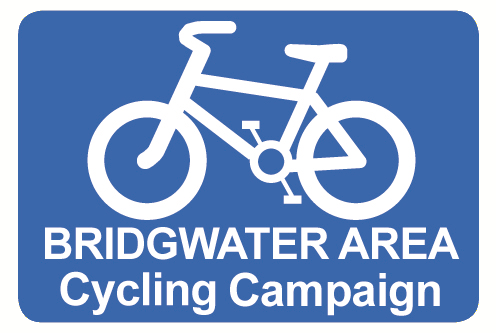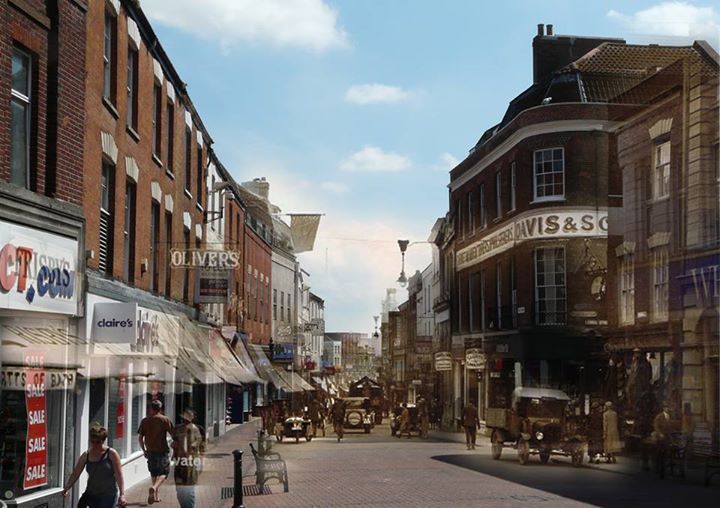
Why are some town centre streets pedestrianised?
These schemes are usually aimed at improving accessibility for pedestrians. Most casual shoppers may arrive in the town centre by car, bike or public transport, but inevitably they will be on foot when actually shopping. By pedestrianising an entire street, it allows people to linger in more pleasant environs, with the aim that retailers benefit from increased footfall and sales.
The main benefits of these schemes include:
- Improved air quality
- Lower noise levels
- Fewer road traffic accidents
- A more attractive and pleasant environment in which to linger
- Increased business revenue
As with all major changes, there are, however, some criticisms. The first and most obvious is that shoppers who once accessed certain parts of the town by car are no longer able to do so – this can make their journey to and from the shops less convenient. By and large, though, this is only really a concern if the majority of shoppers are still reliant on the car as their main means of transport. If, on the other hand, other modes of transport are made more attractive and easier to use, then many people will make the switch from motorised transport to either public transport or active travel, such as walking and cycling.
What happened in Bridgwater?
Bridgwater’s Fore Street was built well before the advent of the motor car, so originally there was no need to consider how it was laid out. In the photo below, taken in 1949, we can see that the volume of traffic wasn’t significant enough to cause a problem.
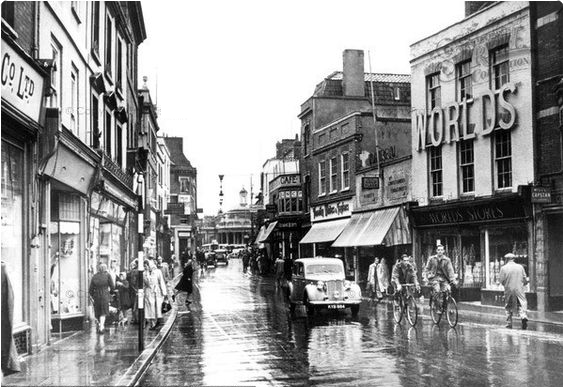
By the 1970s, though, motorised traffic in Britain had become the dominant mode of transport, making many town centres unpleasant places for shoppers. Fore Street was no exception – see the photo below.

So, like many other high streets around the country, Bridgwater took the brave decision to close Fore Street to all motor traffic in the 1980s. What was the outcome? A vastly improved experience for shoppers and retailers alike. The street itself is now a pleasant thoroughfare where people are more inclined to spend time (vacant shops notwithstanding).
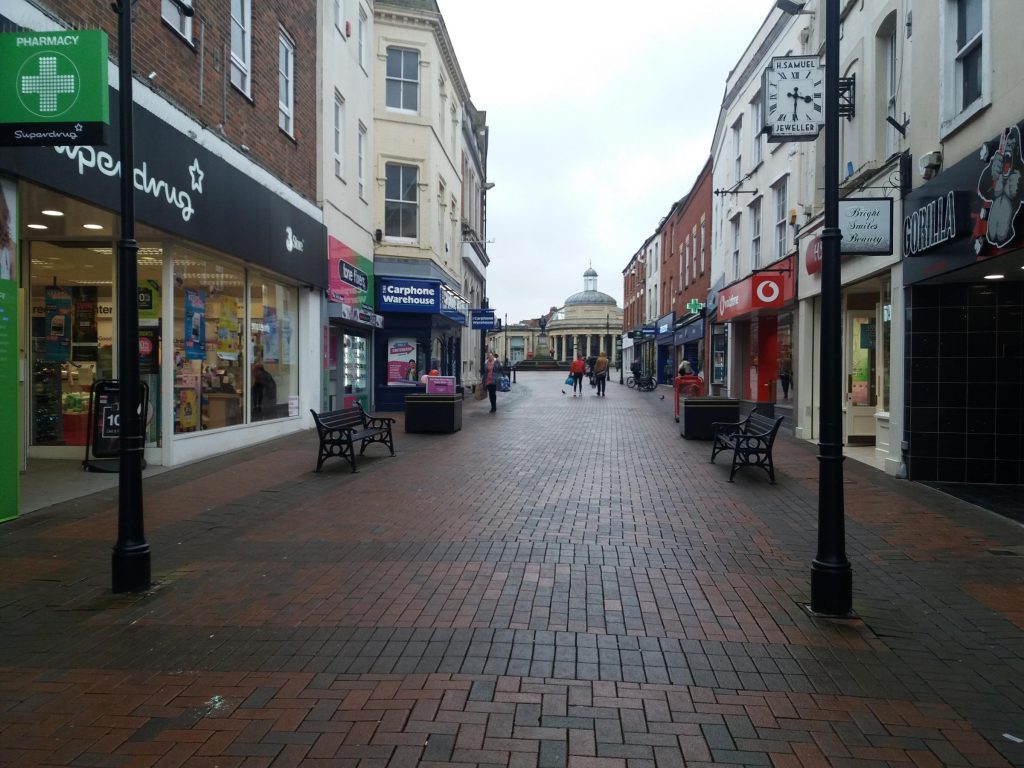
One of the key elements here is that people can still journey into town via other means – whether that’s by bus, bike or car – but when they arrive, they have an attractive destination in which to shop.
What are the plans for the Celebration Mile?
The Celebration Mile extends from the train station up St John Street, Eastover and Fore Street, then bearing north towards the new Northgate Yard development.
The aim is to revamp the entire area, making it far more attractive for visitors and residents alike. One key point to note is that none of the roads currently open to motor traffic are planned to be closed – only restricted a little. Eastover, Salmon Parade and East Quay will all become one-way, with a 20 mph speed limit in place too.
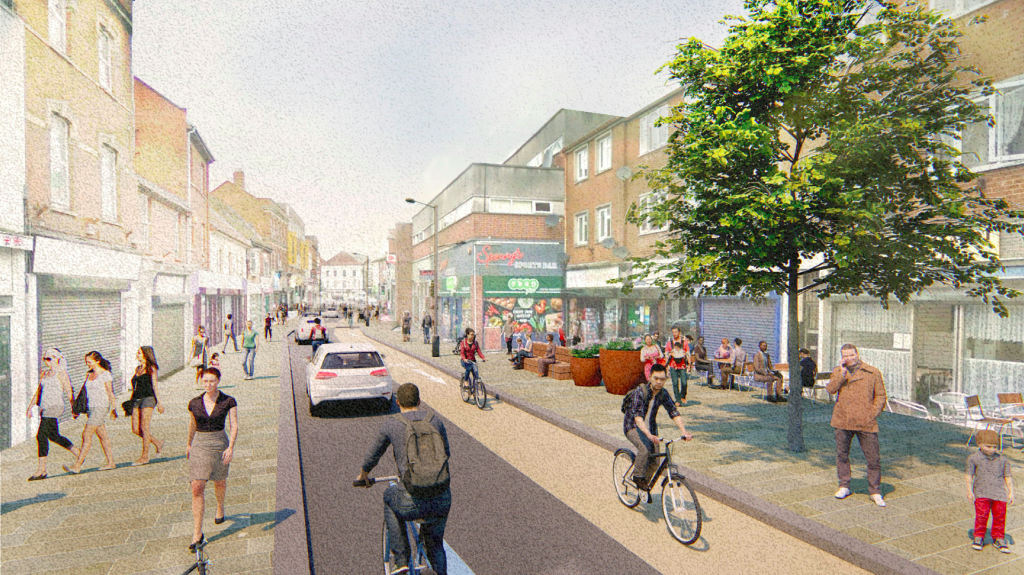
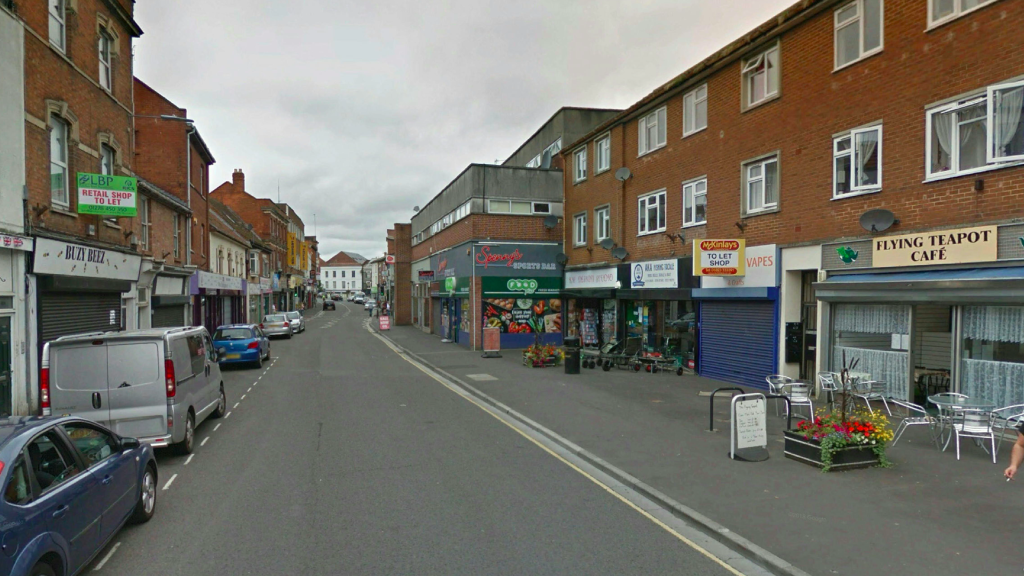
Indeed, here at BACC, we would like to take the plans one little step further – by changing Binford Place into a ‘Liveable Neighbourhood’, just like West Quay is now.
But won’t this affect the businesses in Eastover?
As with the pedestrianisation of Fore Street, the aim is simply to make it a more pleasant environment. Those that really need motorised access will still have it, such as delivery vehicles, but by cutting down the dominance of motorised vehicles, Eastover is set to become quite a beautiful area.
Imagine if Fore Street were reopened to cars today! Would Bridgwater welcome a return to the noise and air pollution? Instead, imagine how peaceful and pleasant Eastover will become.
A final thought
With all these changes proposed, it’s important to emphasise that the renovation of Bridgwater’s Celebration Mile cannot take place in isolation – we must also ensure that public transport and active travel are not only accessible but actually preferable to the continued use of private cars.
